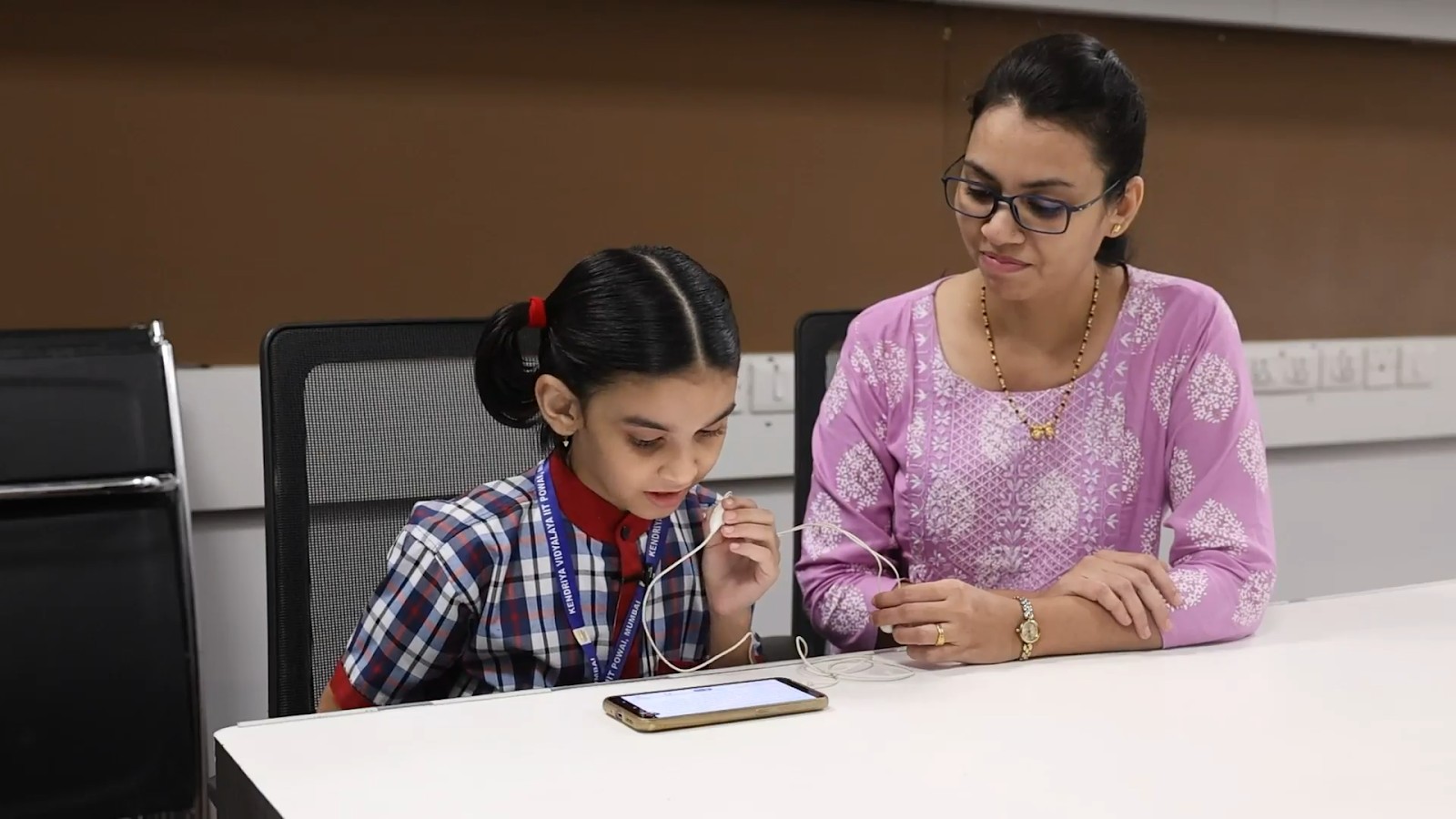Study Sheds Light on How Micro and Nano Plastics Form
A study by a team at IIT Bombay and their collaborators reveals how the majority of commercial use plastic degrades into micro and nano plastic particles
Understanding Impaired Processing of Reward and Motivation in Parkinson’s Disease
A data-driven approach to study the mechanisms underlying altered reward processing in individuals with Parkinson’s Disease.
New research on friction welding significantly improves the weld with just a change in shape
The researchers developed a simple and innovative technique to improve the bonding in friction welding method by creating a tapered end on one of the surfaces.
Lotus leaf-like solar evaporators for saltwater treatment
A new hydrophobic graphene based material developed by IITB scientists could support efforts to address fresh water crisis
The hitchhiking DNA: How a tiny circular piece of DNA tricks the yeast for survival
For generations, a tiny piece of DNA has mastered the art of inheritance by hijacking the yeast cell’s division machinery, despite providing no known benefit to its host, the yeast.
IIT Bombay’s Laser Trick Makes 3D Metal Printing Faster and Stronger
Here’s how IIT Bombay’s Laser Remelting technique is fixing weak spots without slowing down production
Magnetic Field Regulates Blood Flow in Partially Blocked Arteries
A theoretical study demonstrates magnetic force lowers blood pressure fluctuations and stabilises flow, setting the stage for advanced cardiovascular therapies
How Researchers Are Optimising Indian Railways—Without Touching Train or Track
Here’s how IIT Bombay and Indian Railway researchers are making Indian railways more efficient by grouping non-daily trains together for the timetabling process
A novel IIT Bombay “paddle-wheels” sensor to detect heavy metals in water
The low-cost sensor made of a copper-based metal-organic framework performs as well as DNA based sensor, the gold standard for water quality sensors.
Study suggests strategies to extract truth from unwilling senders
Offering limited options to choose from for a multiple choice setting recovers more accurate and truthful information than presenting the complete range of options, reveals IIT Bombay study.
Coastal Vegetation to mitigate Tsunami and Coastal Flood Impacts
A sustainable and resilient method to reduce wave forces and debris impact during extreme tsunami and coastal flood events
Cobalt-based catalysts and more: reducing carbon emissions in steel industry
Combining hydrogen-based processes with advanced catalysts and renewable energy paves the way for developing economically and industrially viable solutions to decarbonise the steel industry
IIT Bombay researchers use new technique to measure rate of degradation of coatings on iron
Combining two electrochemical techniques, hydrogen permeation-based potentiometry (HPP) and electrochemical impedance spectroscopy (EIS), the researchers efficiently measured the coating degradation rates on the industrially relevant metal.
Natural Disasters and Climate Change Have a Long-Term Impact on State Finances
Researchers use a Disaster Intensity Index (DII) to assess disaster impacts on state budgets, offering a roadmap for better disaster preparedness and economic protection.
Amartya Mukhopadhyay: Pioneering Sodium-Ion Battery Technology for a Sustainable Future
Prof. Amartya Mukhopadhyay won the Tata Transformation Prize 2024 in December for his work.
Bacterial cocktail for farm soil to clean up pollutants and pesticides and enhance crop yield
IIT Bombay researchers have identified bacteria that can consume toxic pollutants in the soil and produce helpful nutrients as a byproduct.
Needle-Free Shock Syringes for painless medical treatments
Researchers at IIT Bombay develop a shockwave-based needle-free syringe that ensures painless and safe drug delivery with lesser damage to skin and lower risk of infection
New Open-source App can track climate change through lake water temperatures
New Open-source App can track climate change through lake water temperatures
IIT Bombay team develops affordable, portable water-pollutant detecting device: AroTrack.
The device uses a protein based biosensor to detect harmful pollutants like phenol and benzene from water samples

